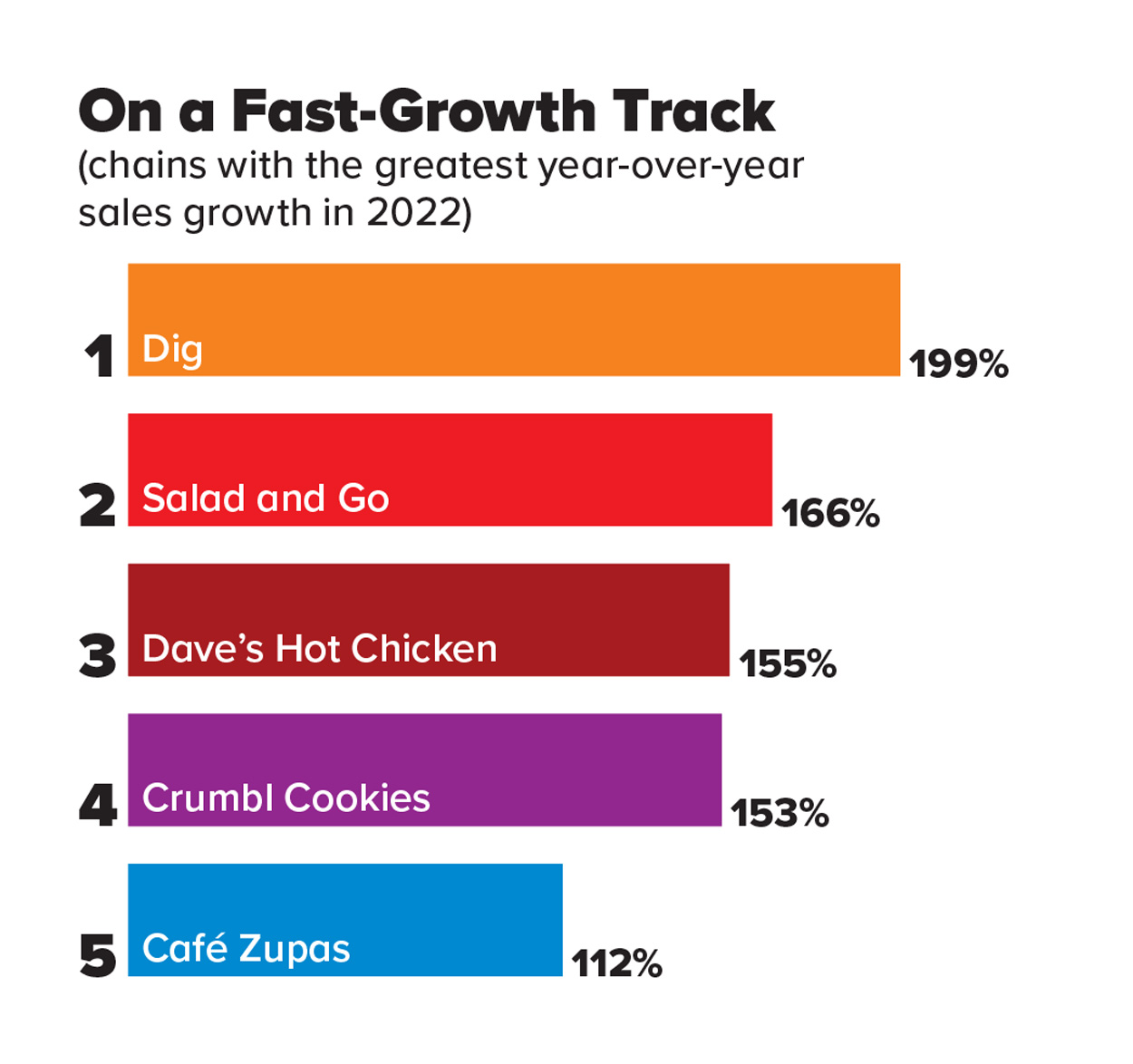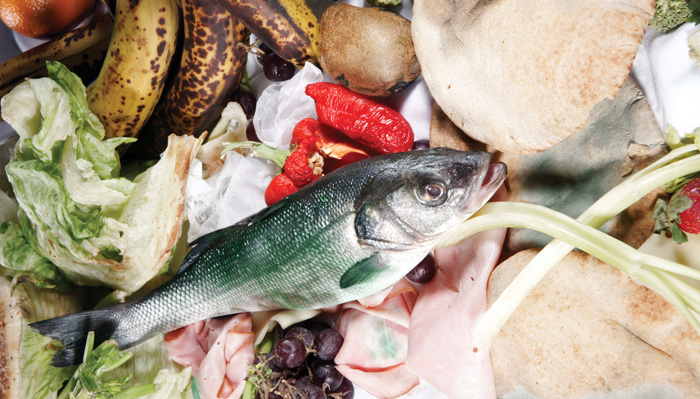Social Media Leaves Consumers Confused, Tackling Sweetener Aftertaste
OMNIVORE
CONSUMERS
Social media leaves consumers confused
Nearly seven in 10 consumers (68%) who have viewed food content online said they have seen conflicting nutrition information on social media, according to a new study from the International Food Information Council (IFIC).
IFIC’s 2023 Food and Health Survey asked over 1,000 Americans, aged 18 to 80, about their perceptions around food and food purchasing decisions.
Four in 10 respondents said they have come across content about food and nutrition on social media, and two-thirds said they trust the content, the survey found, even though many agreed that they’ve seen conflicting information.
Facebook, YouTube, Instagram, and TikTok are the most common platforms for food and nutrition content. About half (51%) of consumers reported trying a new recipe as a result of social media, and 42% reported trying a new brand or product.
Millennials, parents, and those with higher household income were more likely to report an issue with conflicting information about foods to eat or avoid. Further, of those consumers who have seen conflicting information online, 60% said they agree that this makes them doubt their choices.
There was also a difference between the most used social media platforms and the most trusted platforms. While only 6% of respondents said they had seen food-related content on LinkedIn, it was the most trusted platform, with 52% of respondents stating they trust it “a lot.” LinkedIn is followed by YouTube and Pinterest in terms of trust from consumers.
Of the consumers surveyed, younger generations and parents were more likely to view food-related content on social media, and millennials were more likely to trust the content. Additionally, younger consumers and parents were more likely to make changes in their diet based on content seen online.
In addition to social media’s influence, IFIC’s survey also revealed key consumer insights around the rising cost of food, stress and well-being, evolving eating patterns, climate consciousness, and healthy labels as purchase drivers.
RESEARCH
Tackling sweetener aftertaste
Adding a specific mixture of mineral salts to beverages containing noncaloric sweeteners may get rid of the lingering sweet aftertaste and adds a sugar-like mouthfeel, according to a new study in the Journal of Agricultural and Food Chemistry.
Noncaloric sweeteners, such as saccharin, aspartame, and stevia, are used in beverages to lower the caloric content and reduce sugar. However, many consumers reject them because of the slow-to-develop sweetness and lingering aftertaste. In this study, the researchers mixed various mineral salts with beverages sweetened with rebaudioside A, which comes from stevia leaf, as well as other noncaloric sweeteners. The beverages were then tasted by a 15-subject panel and rated based on their mouthfeel intensity and sweetness linger.
Grant Dubois, chief scientific officer at stevia extract and taste modulator developer Almendra and lead author of the study, has worked most of his career on noncaloric sweeteners. In an interview with Food Technology, he said he first gained inspiration for the issues with these sweeteners from the world of pharmacology. He attended a presentation at Massachusetts Institute of Technology with a professor who worked on increasing the bioavailability of therapeutic drugs.
“The issue is that when we take a pill, it goes into the small intestine and slowly goes into solution, but then it has to pass through the mucous layer lining the gastrointestinal tract, a hydrogel with hydrophobic sites,” he explained. “So [the researcher] was trying to accelerate the rate of diffusion, and I realized for the first time that this is the exact problem we have with sweeteners traversing the mucous layer of the tongue.”
Dubois and his team then experimented with using different mineral salts, such as calcium chloride, potassium chloride, and magnesium chloride, to break through the mucous hydrogel layer on the tongue. The results did reduce the lingering aftertaste, but only when using high concentrations of the salt, which exhibited salty, astringent off-tastes. Dubois then had another moment of inspiration from his pharmacology studies.
“Sometimes in pharmacology, when you have two drugs that have the same effect but they act by different mechanisms, if you use them in combination, you can get a synergistic effect,” he said. “So we could use low concentrations of calcium chloride mixed with magnesium chloride and potassium chloride, and we get a nice synergistic effect and we substantially cut off the sweetness linger.”
According to the study, the beverage with the taste modulator composition using all three mineral salts showed a 70% lower sweetness linger than the control sample. Additionally, the formulation also showed a mouthfeel intensity similar to that of traditional sucrose.
Dubois said that the implications of this research can go beyond just the beverage category and can be applied to categories such as frozen desserts and baked goods.
INDUSTRY
Restaurant chains see growth in sales, not in footprint
More than 90% of restaurant chains experienced sales growth in 2022, according to a new report from Nation’s Restaurant News and Datassential.
The Top 500 Report collects data from the largest restaurant chains, including sales and unit growth.
The average year-over-year sales growth for the top 500 chains was 18.6%. Some of this growth is attributed to price increases due to inflation. On average, prices increased 6.3% across the restaurant industry and 8.2% in the top 500 chains. Additionally, store count for the top 500 chains did not increase as much as in previous years, with a total increase of just 1% from 2021 to 2022. The report suggests that real estate market challenges, such as lack of suitable space, have affected the opening of new storefronts.
Even with sales growth, restaurant chains are still struggling in the aftermath of the COVID-19 pandemic. The report cites staffing challenges and supply chain difficulties as common issues with chains. Three-quarters of operators are struggling to fully staff their restaurants, and two-thirds are concerned about rising food costs.
Among the top 500 chains, dessert, snack, and salad chains experienced the biggest growth, both in sales and units.
FOOD WASTE
Summer brings more food waste
The amount of food wasted from grocery stores increases by approximately 20% in the summer months, according to new data from Divert.
Divert is a technology company that provides food waste solutions that include waste processing facilities and data management.
To identify this trend, Divert’s analysts used data from food processed at its facilities from 2020 to 2022 in the months of July, August, and September compared with the amount processed in January, February, and March. According to the data, the most food is wasted in the summer months, followed by spring, fall, and winter.
“Summer marks peak growing season across the United States,” said CEO and cofounder Ryan Begin in a press release. “While this is a time to celebrate an abundance of fresh produce and gather with our family and friends, our data indicates that the summer is also a period when a significant amount of that produce goes to waste.”
Higher temperatures and consumer demand for perfection are among the factors that contribute to increased waste during the summer months, Divert’s analysts posit.
COMMUNITY
Meet the leader: Kathy Kostival
Kathy Kostival previously worked for Nestlé and Illy Café. She received her bachelor’s degree in electrical engineering and computer science from the Massachusetts Institute of Technology, her master’s degree in electrical engineering and computer science from Cornell University, and her PhD in food and beverage science and technology from Cornell University. She is currently taking executive courses in innovation from MIT’s Sloan School of Management and is the chair-elect of the Foodservice Division.
Which IFT core value resonates the most with you?
The passion that exists in both IFT’s members and supportive staff is unlimited. This dedicated focus for all facets of an improved food system is truly unique.
What is your favorite thing about being an IFT member?
Without a doubt, the breadth and depth of educational and networking opportunities to expand one’s career is my favorite thing about being an IFT member, and I have been a member for more than 20 years.
If you had to eat one food for the rest of your life, what would it be?
It’s actually a beverage … coffee. The darker and more deeply roasted, the better. But now, being a dual citizen of both the United States and Switzerland, my favorite food is, of course, chocolate!












